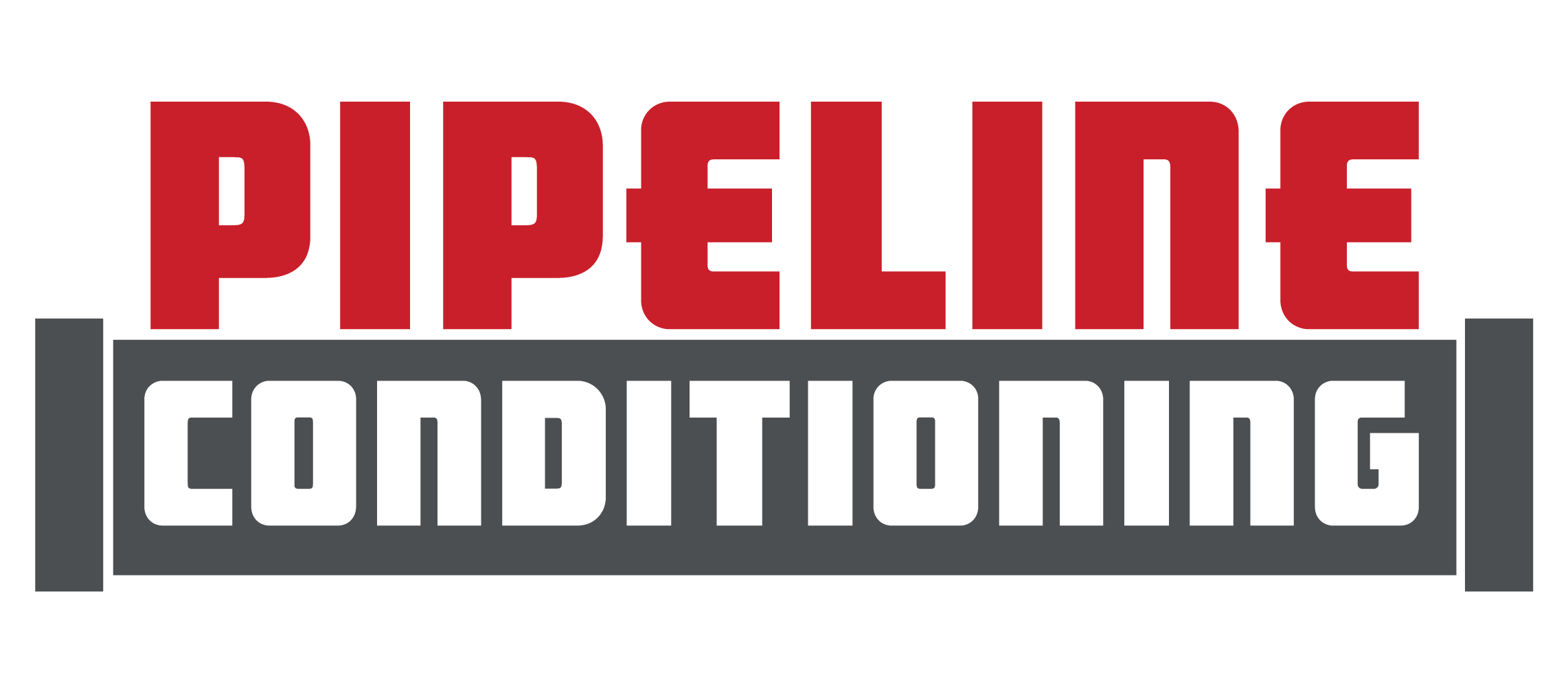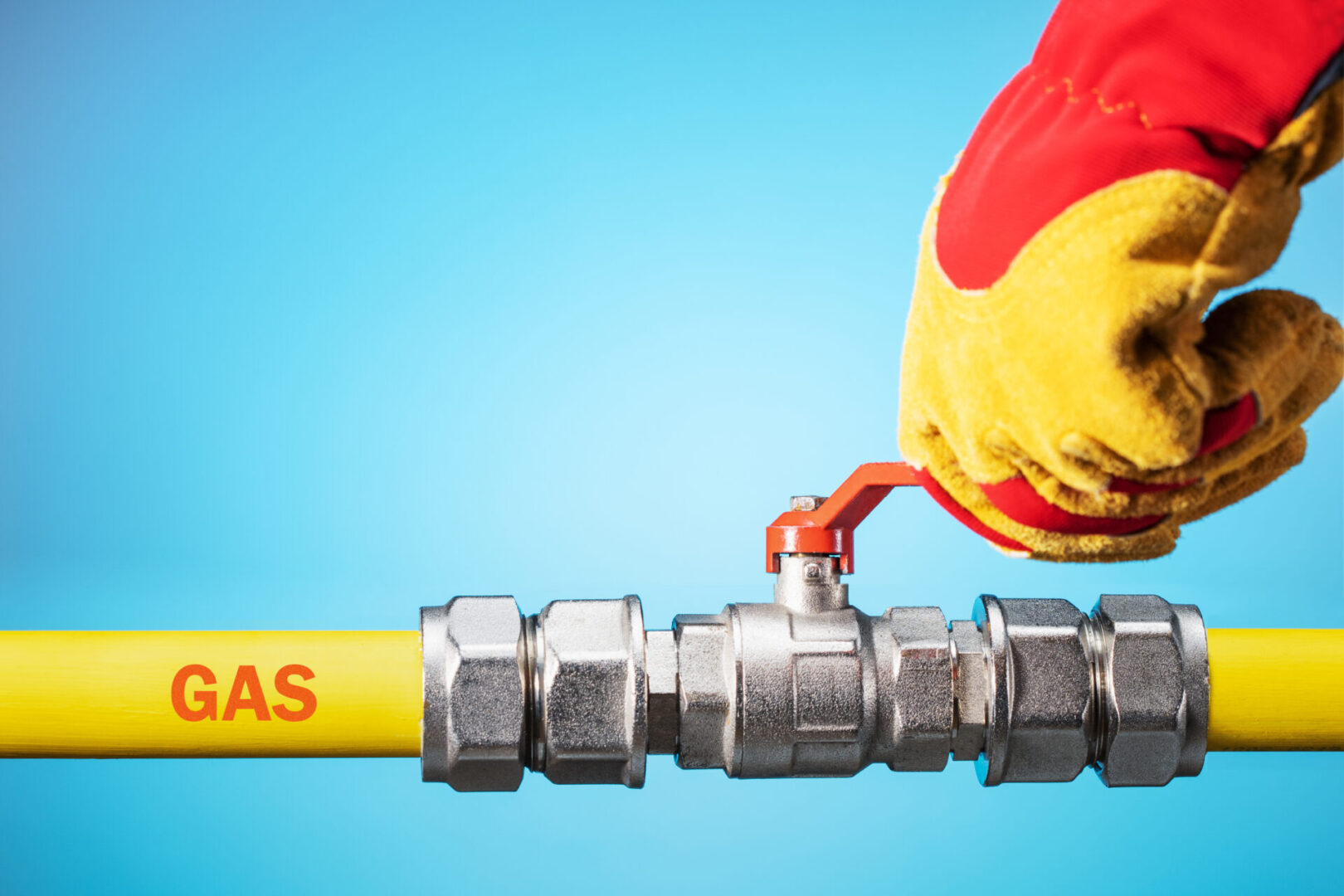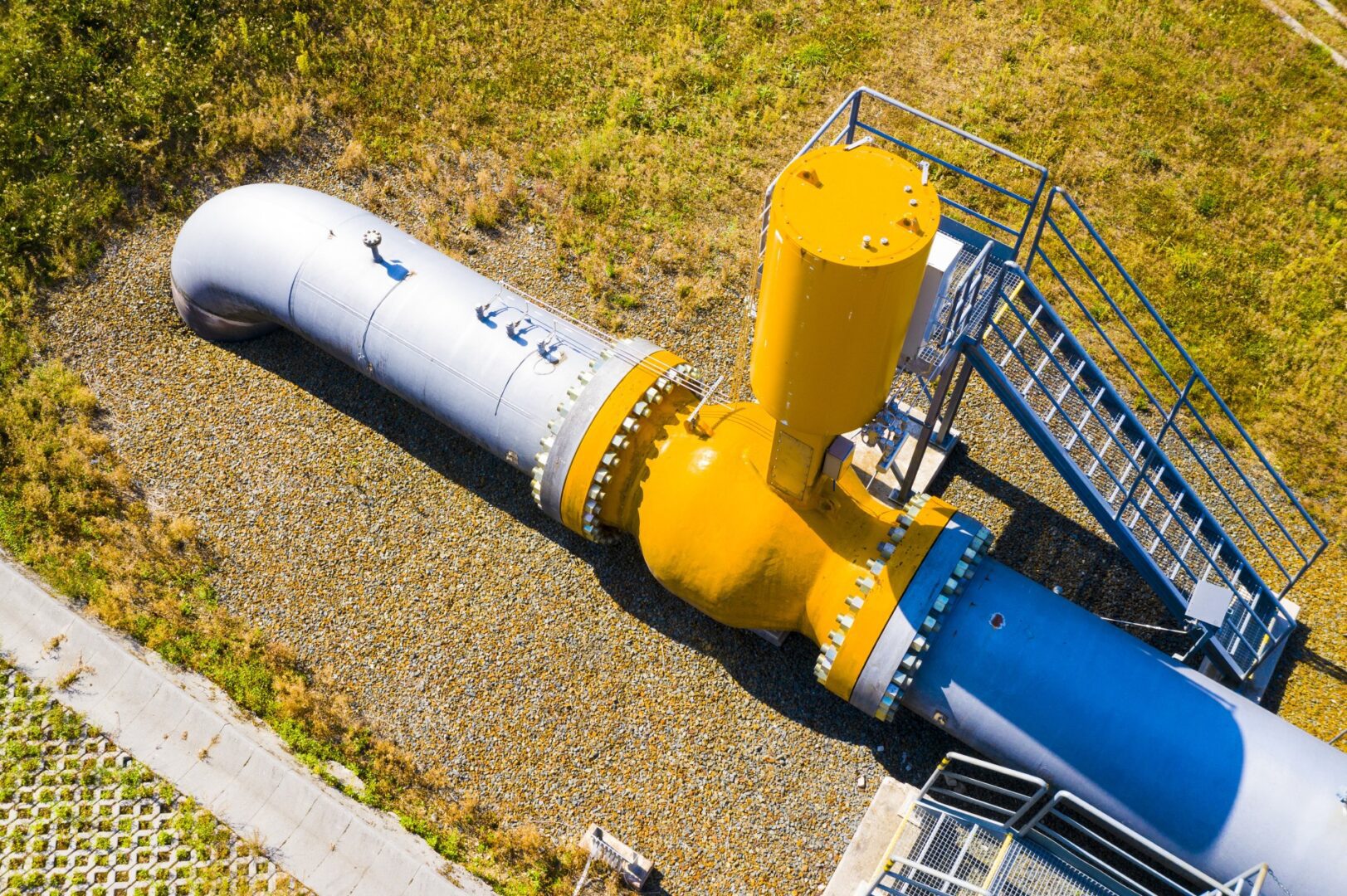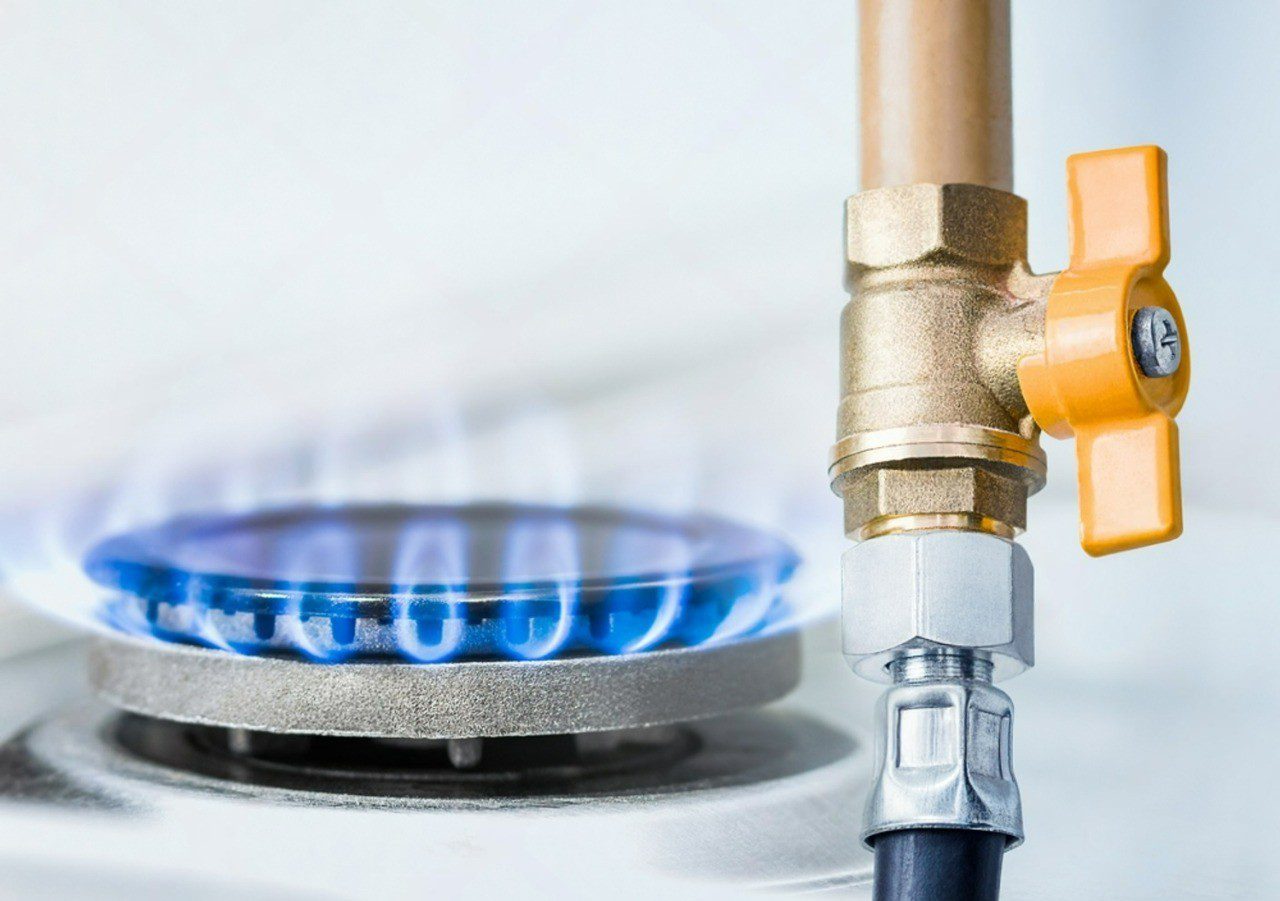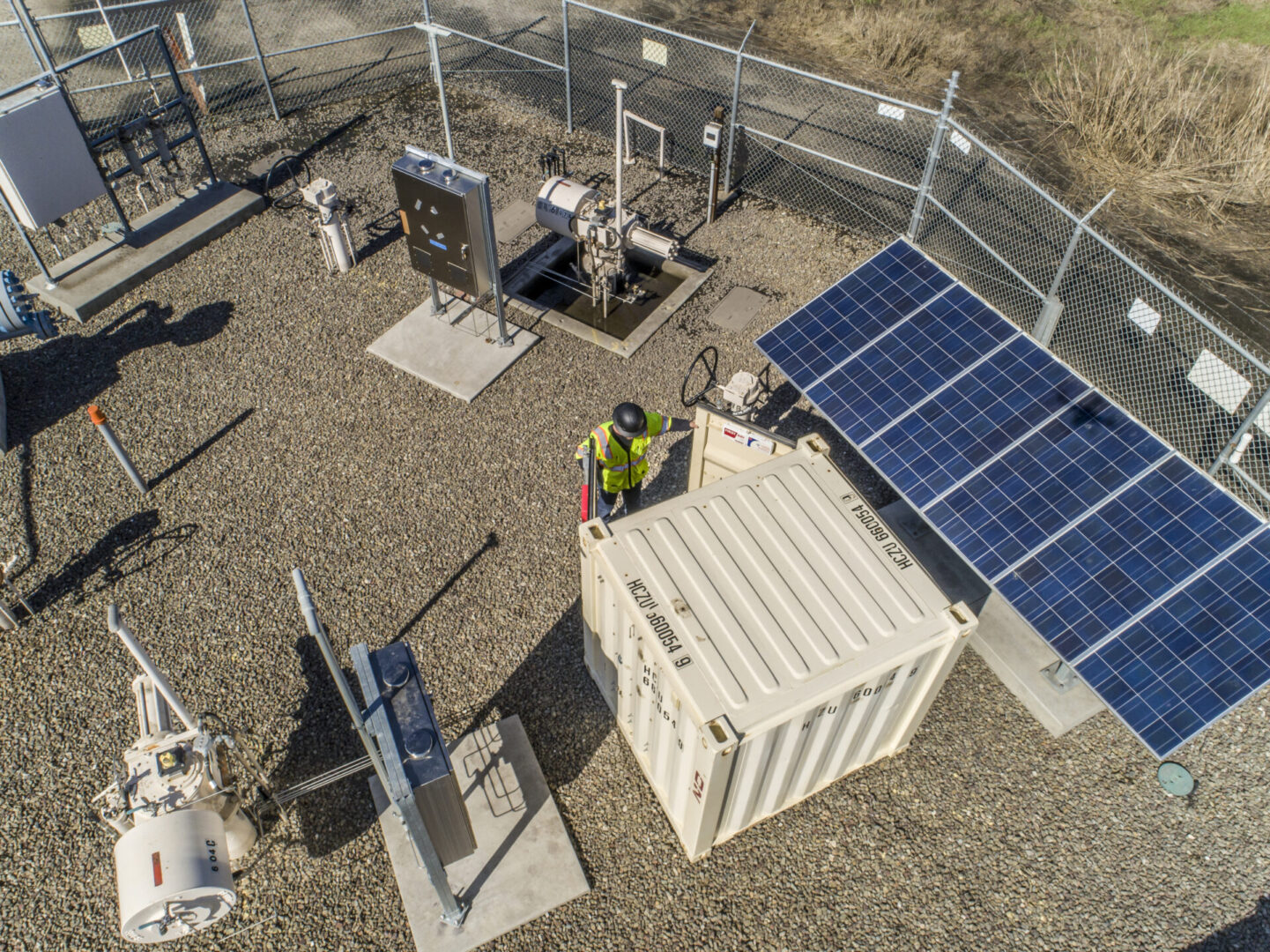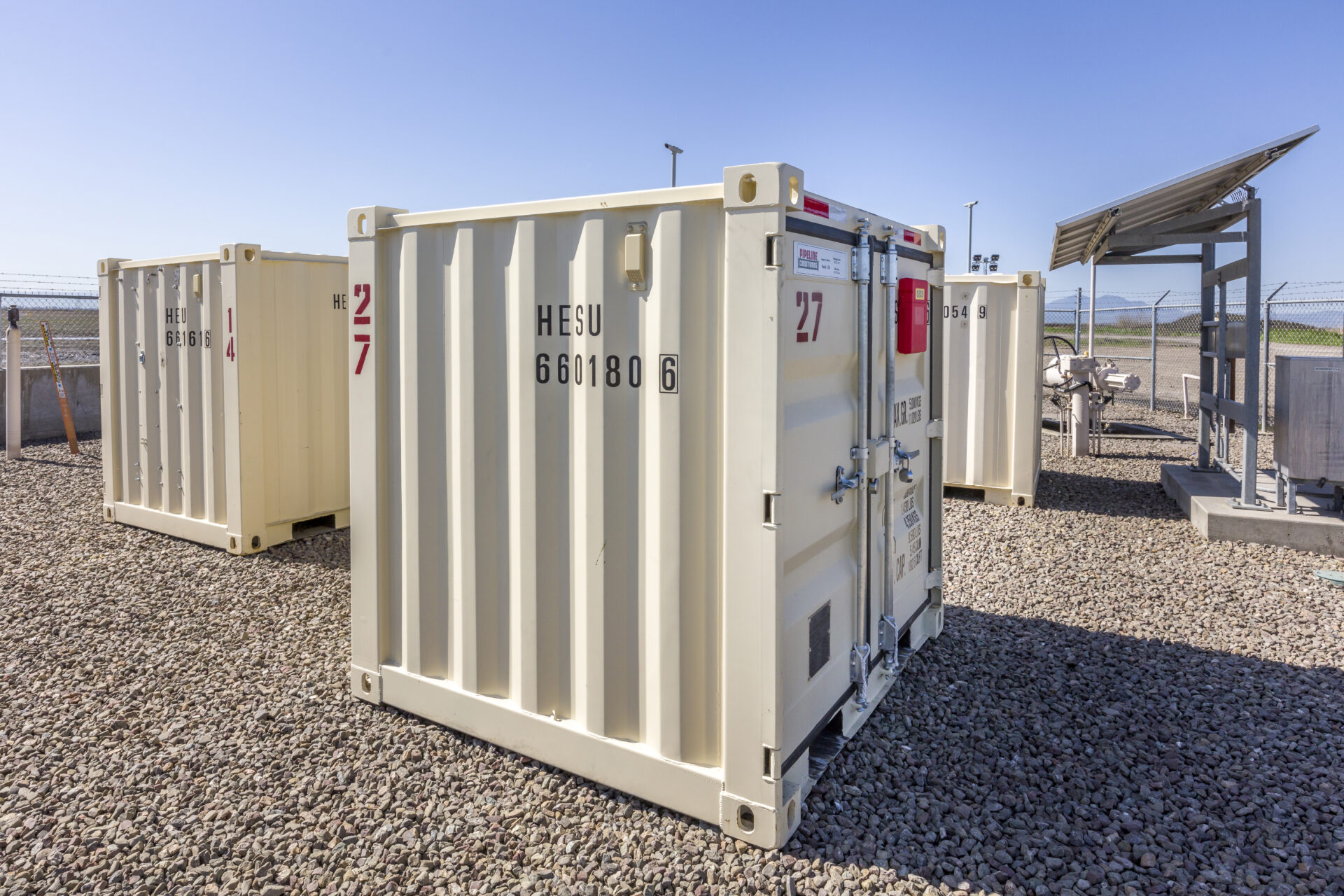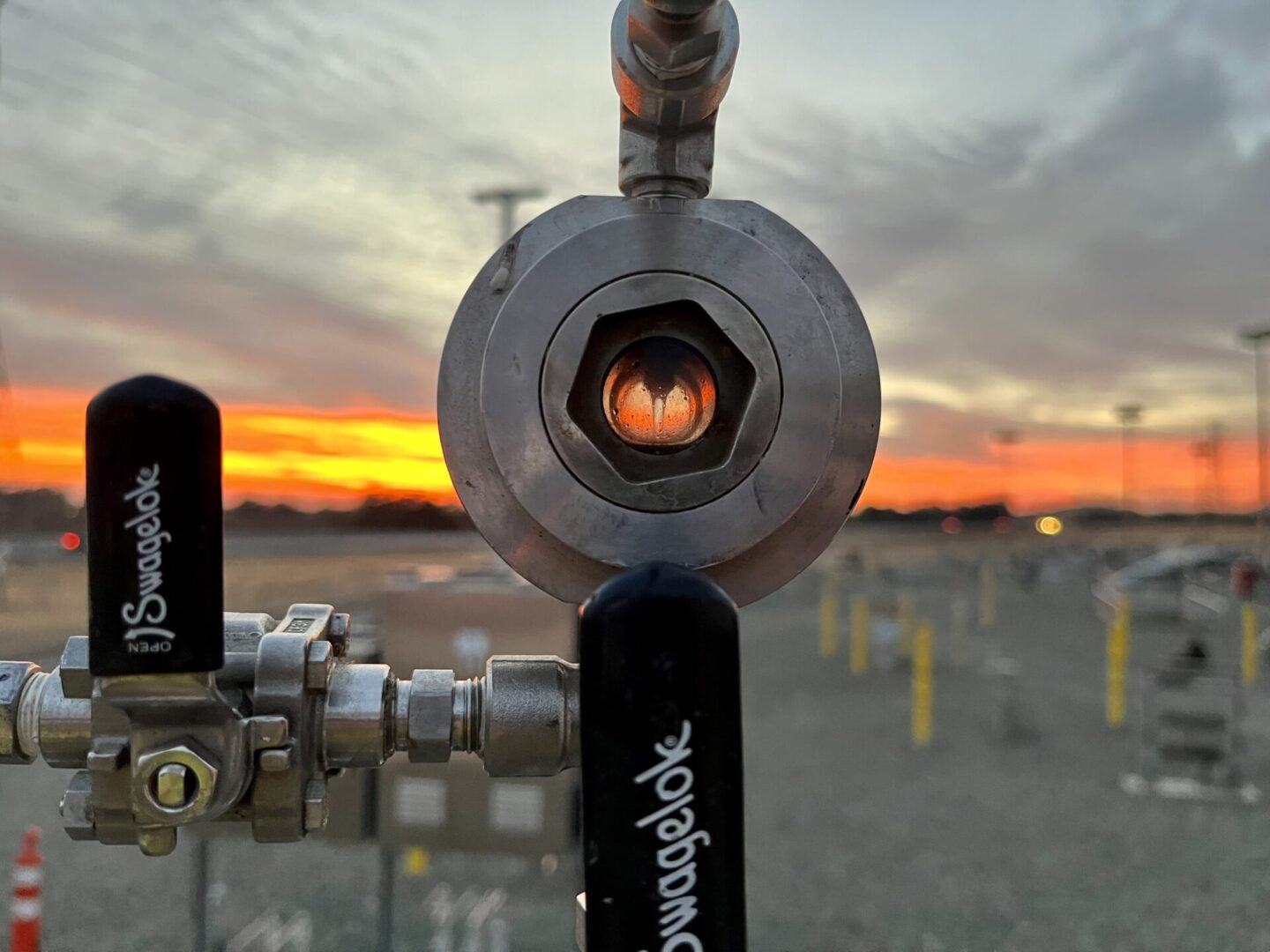
Natural Gas Odorization 101: Understanding the Basics
A beginner’s guide to understanding the essentials of pipeline odorization.
Let’s face it: safety is paramount when thinking about natural gas. A great method to ensuring natural gas is as safe as possible is through odorization. Natural gas has no odor on its own, thus leaks can remain undetected until it is too late. This is where odorizing natural gas pipelines comes into the picture, by adding a “rotten egg” smell to natural gas, which serves as an early warning signal.
If you work in the field—or if you only want to know more—this guide will explain the reasons odorization is so important, how it operates, and why companies, especially Pipeline Conditioning, is your best choice for safety and compliance.
So, What Exactly Is Odorization?
At its core, odorization is the process of adding a chemical (commonly mercaptan) to the natural gas in order to create a smell, which is pretty simple. However, it’s more than just the case of dumping in some chemicals. The method needs to be accurate—sufficient odorant to be noticed, but not too much that it irritates people or leads to false alarms. That equilibrium is the key to the process.
What Is The Significance?
Odorization might seem to be an unimportant point, but it actually has consequences. Here is the main reason it’s a must-do for operators:
Safety Always Comes First
The smell added to natural gas is not just something nice to have—it’s a lifesaver. This unmistakable scent helps in finding the leaks earlier and thus decreasing the risks of accidents.
The Law Of The Land
Government regulations (for instance 49 CFR § 192.625) require the addition of an odor for natural gas to ensure it is detectable by the smell at different concentrations. Not meeting these rules could result in fines, closure, or even something worse.
Saving Money
Leaks detected in time can be resealed in time. That in turn will ensure fewer critical repairs, less downtime, and better overall efficiency.
How Is Odorization Done?
Odorization’s general configuration includes:
Storage Tanks: The location for the odorant storage that is free from hazards.
Injection Systems: Mechanism that allows for the adding or injecting of a specific amount of the odorant into an existing gas flow.
Monitoring Tools: Instruments that register if the odorant ratios are correct.
Although this may not sound like much, procedural accuracy is crucial. If your injection unit has even a minor problem, it may lead to sporadic or variable odor levels which are not acceptable. That’s the main reason why Pipeline Conditioning gets involved from the get-go, to provide first-rate systems operating properly.
What Issues Do Operators Deal with?
Without being blunt, odorization can result in some dramatic headaches. Below are some of the broad challenges we have identified:
Odor Fade: This is a situation that might arise when the gas reacts with the odorant or the pipeline itself and this makes the smell faint or go away entirely. This is a significant risk and can be caused by a number of factors, such as altitude, pipe conditions, moisture levels, temperature and more.
Environmental Concerns: The handling of harmful chemicals like mercaptan comes with serious implications. Mishandling may happen which can lead to spills or contamination. Mercaptan is a VERY concentrated chemical and even a drop of spill will cause huge headaches.
Keeping Up With Regulations: Federal standards never stay still, and following them can seem like keeping a moving target in focus.
The good news is that Pipeline Conditioning is here to help to put right any that have occurred. From troubleshooting odor fade to helping you prepare for inspections, we are around to make your life easier.
What You Can Do to Stay Ahead
If you are a trader, you do not have to invite a chemical expert to keep your odorization systems in great shape. Here are some practical suggestions:
Inspect Regularly
Inspect your machinery from time to time; ignore minor issues turning into major ones if they remain unchecked.
Test System
Utilize monitoring tools to measure and ensure your odorant levels are per the set criteria. Do not wait for a problem to occur.
Train Your Team
A fully-trained team is your strongest protection against accidents or compliance issues. Everyone should be versed in operating the equipment and in how to act in a case of emergency.
Work With Experts
Collaborating with a company like Pipeline Conditioning means that you do not have to handle everything by yourself. We have the necessary tools, vast experience, and the know-how to keep your operations running.
Why Look For Pipeline Conditioning?
The smell that was added is only one element in the bigger picture, but it is a strong one. Pipeline Conditioning is not just about the services we give but also Security of Mind. Here’s where you can find our assistance:
Tailored Solutions: We will adjust to your unique situation.
Compliance without effort: You would not need to worry about the regulations since we know them right inside out.
Support, anytime: We will be with you whether it will be routine maintenance or something unexpected.
Training Services: We will make sure that your team is confident and capable.
Long-Term Plans
The odorization process is never-ending—it’s a sustained effort. Future blog posts will have topics of common challenges, like troubleshooting odor fade and balancing compliance with efficiency. Stay tuned for practical tips and real-world solutions from the Pipeline Conditioning team.
Final Thoughts
Odorization is one of the most unreported but extremely crucial aspects of ensuring the safe use of natural gas. When you want to be sure that your systems are not only compliant but also equipped for success for a long time, Pipeline Conditioning is at your service.
Do you have questions? Do you need assistance? Call us now—we are happy to discuss how we support your operations.
What to Do If You Smell Gas: Recognizing and Responding to Leaks
Natural gas is one of the major forms of energy used by humans today, but it is also the one most people fear due to…
Myths and Truths About Odorization
Odorization is one of the most important safeguards in the natural gas industry, but it is also one of the most misunderstood. We hear the…
From Pipeline to Stove: The Journey of Safe Gas
Every October, Natural Gas Week gives us a chance to step back and appreciate one of the most important energy sources in our daily lives.…
The Real Cost of False Leak Calls
When it comes to odorization, one of the most common mistakes we see is over-odorization. Some contractors think adding a little extra odorant “just to…
The Benefits of Partnering with a Specialized Odorization Service Provider
Expert Solutions for Safety, Compliance, and Operational Efficiency When trying to ensure the safety of natural gas pipelines, odorization is the topmost priority. The addition…
Job Safety Best Practices: Staying Safe in Extreme Heat
As temperatures climb, so does the risk of heat-related illness on pipeline projects. Whether you’re operating a valve trailer in West Texas or overseeing a…
The Importance of Pipeline Pickling for Residential Buildings: Keeping Urban Living Safe
Protecting High-Rise Residents with Proper Pipeline Conditioning and Odorization From the luxury apartments of Manhattan to the sleek towers of Los Angeles and Chicago, high-rise…
Steel vs. PE Pipes: Evaluating Costs and Material Selection for Natural Gas Pipelines
Selecting the appropriate material for natural gas pipelines is a critical decision that impacts both initial investment and long-term operational efficiency. Steel and polyethylene (PE)…
From Frustration to Foundation: How One Engineer’s Mission Became Pipeline Conditioning
From Frustration to Foundation: How One Engineer’s Mission Became Pipeline Conditioning In an industry where too many things are done out of habit, Pipeline Conditioning…
Temporary Odorization and Why Doing It Yourself Might Just Be Costly
The Hidden Costs of DIY Odorization: Why Expert Solutions Save Time, Money, and Risk Quick problem-solving is everything in the natural gas world, especially when…
